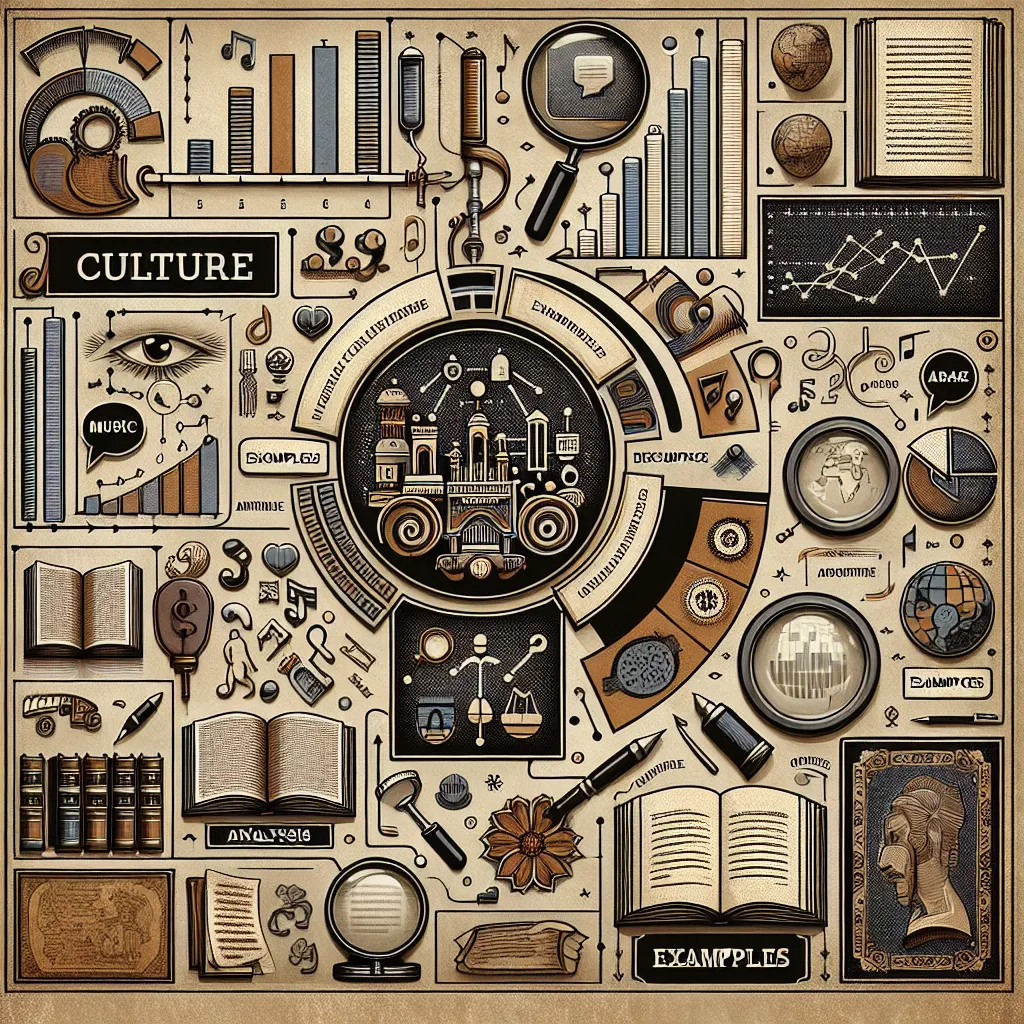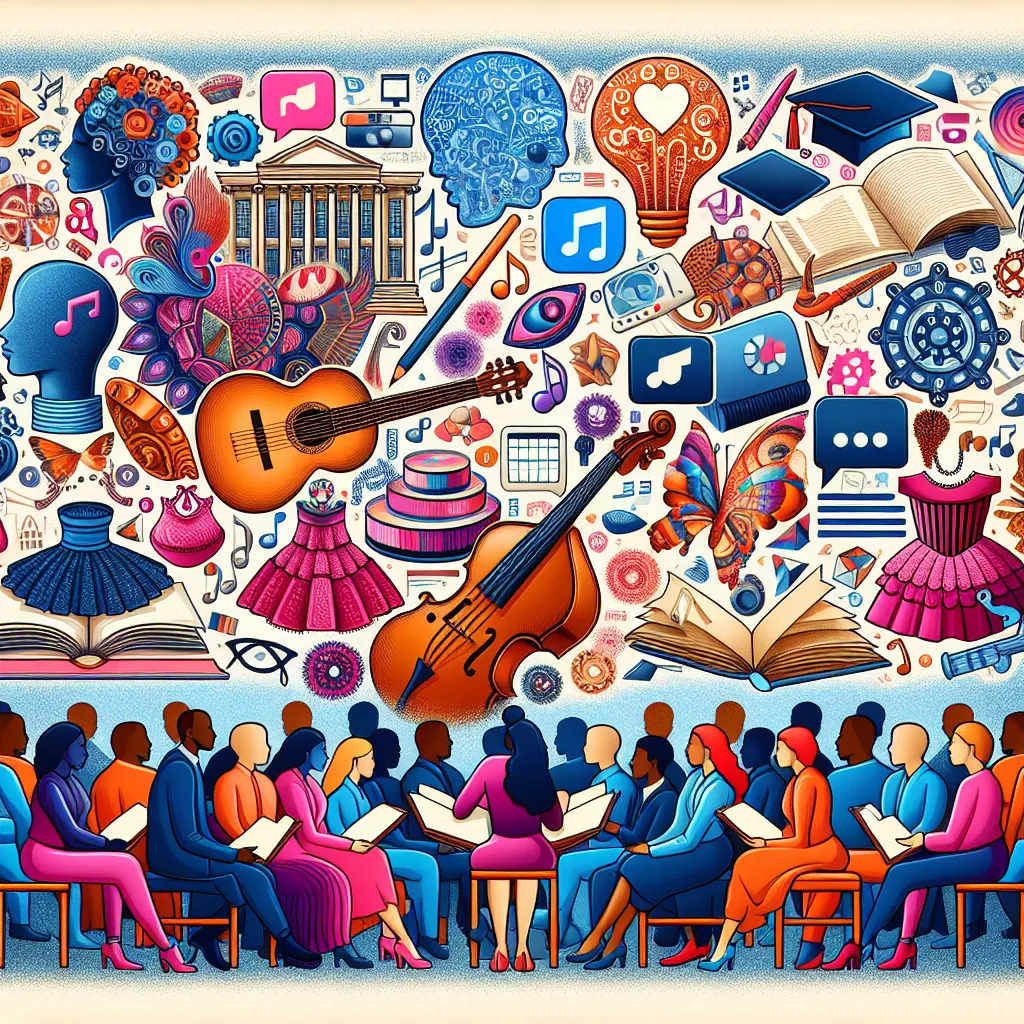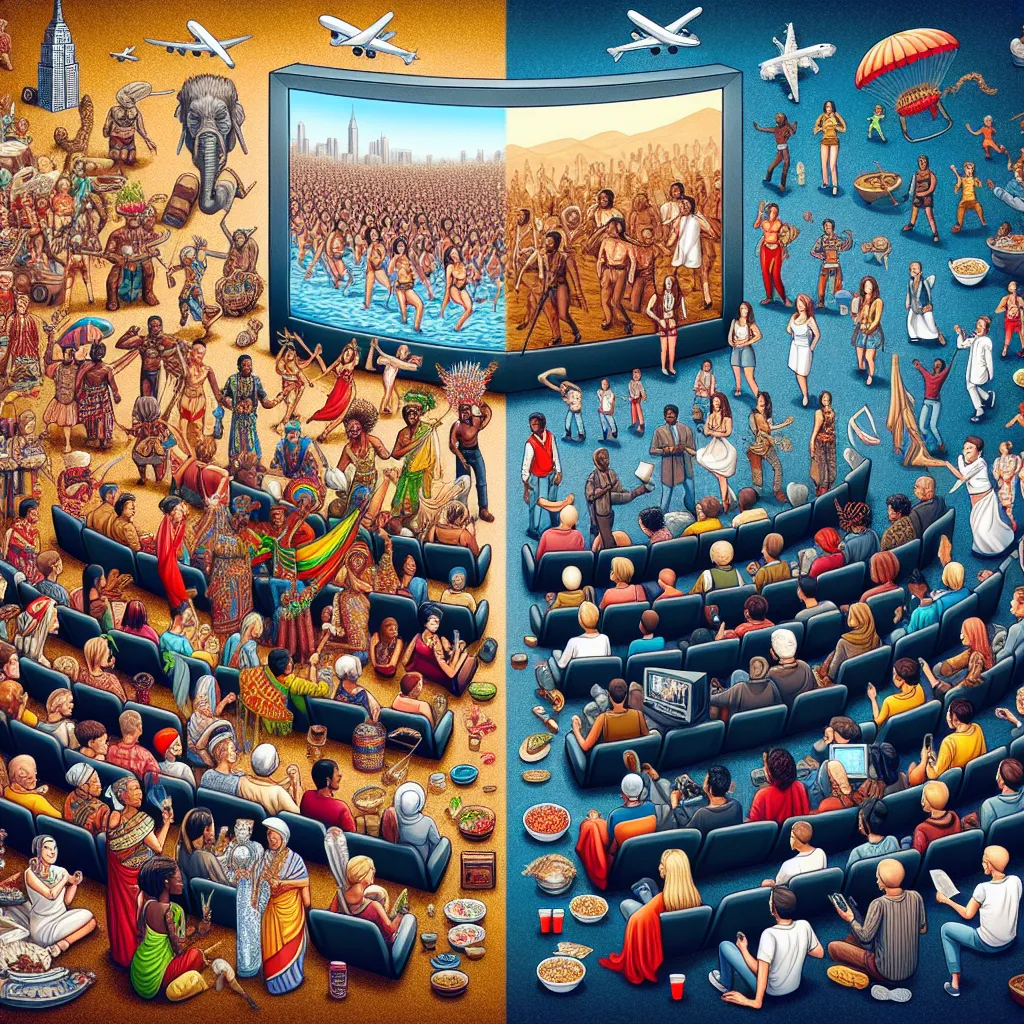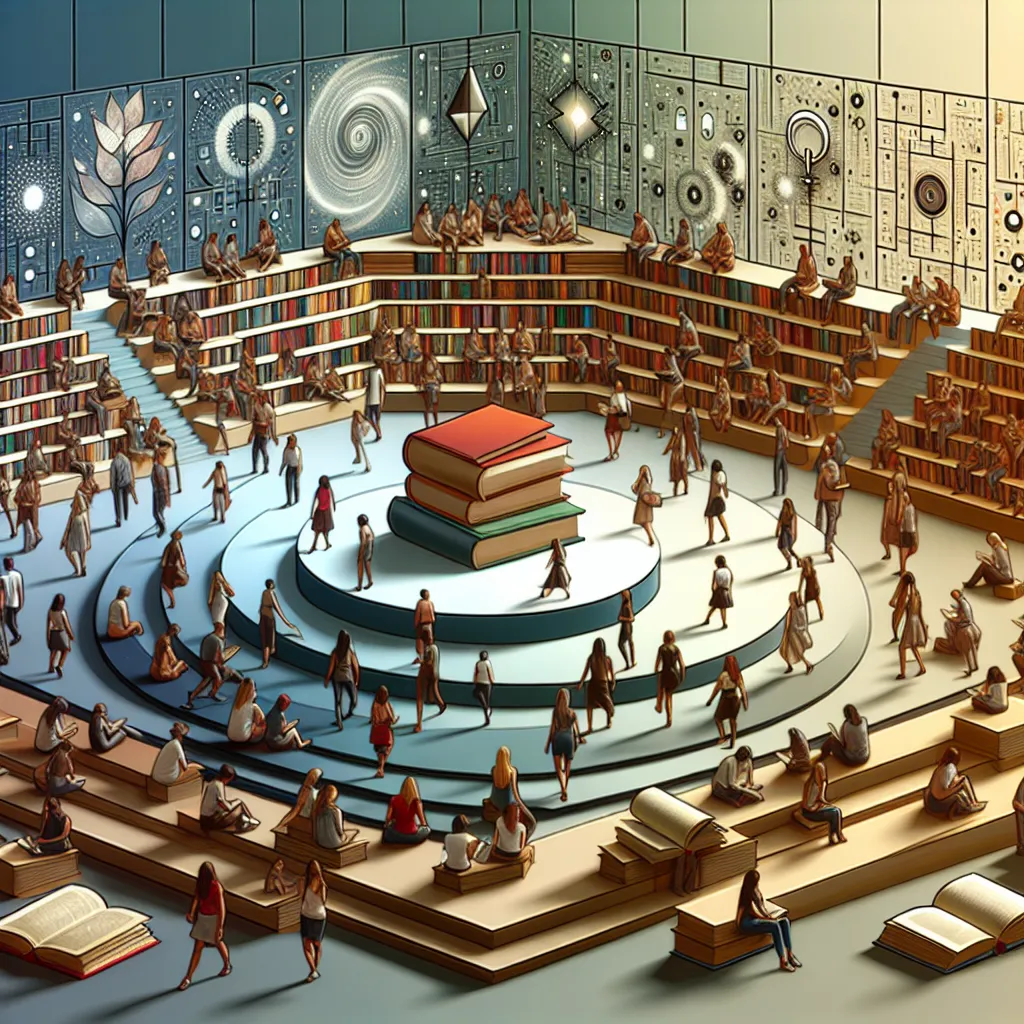Ask AI on The Internet
Question: With adequate examples, critically analyse the following definitions of popular culture. Please can you spice your essay with scholary views so that you will attain high marks. Make sure in your essay you include an introduction, a proper body and conclusion. Write a proper and long essay with good paragraphs about 3 pages please with a good reference section at the end: Popular culture as all those things that people do or have done Popular culture as mass culture.
## Introduction Popular culture, often referred to as "pop culture," is an integral aspect of society that influences and reflects the preferences, tastes, and norms of the majority. Its definitions are varied and multifaceted, and this essay will critically analyse two prevalent definitions: popular culture as "all those things that people do or have done" and popular culture as "mass culture." Through the use of scholarly views and real-world examples, the complexities and nuances of these definitions will be examined, providing insight into the evolving nature of popular culture. ## Popular Culture as "All Those Things that People Do or Have Done" ### Broad Inclusivity The first definition of popular culture emphasizes the inclusivity and broad spectrum of human activities and interests. According to this viewpoint, popular culture encompasses all the shared practices, behaviors, and traditions that people engage in regularly. This definition is particularly useful because it recognizes the fluidity and diversity inherent in cultural practices. For instance, in his seminal work, "Culture and Society," Raymond Williams highlights that culture is "ordinary," reflecting the daily lives and common practices of individuals (Williams, 1958). This perspective allows for the inclusion of activities such as cooking, sports, and folk traditions, which might otherwise be overlooked in conventional cultural studies. ### Examples and Scholarly Views Consider the practice of yoga. Once a niche tradition from India, it has been adopted and adapted around the world, becoming a popular health and wellness activity. Similarly, the global phenomenon of social media usage represents a popular cultural practice that has transformed communication and interaction. John Fiske, in "Understanding Popular Culture" (2010), elaborates that popular culture should be seen as a resource people use to make sense of their lives, rather than as mere entertainment. By embracing this definition, we appreciate how everyday actions contribute to the larger tapestry of cultural identity. However, this definition is not without its critics. Some argue that by including "all those things that people do or have done," there is a risk of diluting the concept of culture to the point where it loses analytical precision. Kembrew McLeod (2001) contends that such a broad definition can make it difficult to distinguish between what is genuinely popular culture and what is not. ## Popular Culture as Mass Culture ### Mass Production and Consumption The second definition frames popular culture as "mass culture," produced and disseminated through industrial means and consumed by a large audience. This perspective emphasizes the role of media and entertainment industries in shaping and spreading cultural norms. Theodor Adorno and Max Horkheimer, in their influential essay "The Culture Industry: Enlightenment as Mass Deception" (1944), argue that mass culture serves as a tool for ideological control, manipulating the masses into passive consumption. They claimed that the culture industry standardizes and commodifies cultural goods, leading to a homogenized society. ### Examples and Scholarly Views A prime example is the Hollywood film industry, which produces movies that are distributed globally, significantly impacting global culture. Similarly, the music industry, with pop stars like Beyoncé or Taylor Swift, exemplifies how mass-produced entertainment can achieve unparalleled reach and popularity. According to Simon Frith (1996), popular culture as mass culture provides both a reflection of societal norms and a means to influence them. While it can standardize tastes, it also offers a platform for diverse and emergent voices. The rise of digital streaming platforms like Netflix and Spotify illustrates how mass culture can evolve and adapt to new technological landscapes, broadening access to a wider variety of cultural products. ### Critical Perspectives Critics of the mass culture definition argue that it overemphasizes the role of industry, overlooking the active role of audiences in interpreting and reshaping cultural products. Henry Jenkins, in "Textual Poachers" (1992), posits that audiences are not passive recipients but active participants who can subvert and reinterpret mass media content to fit their own cultural and subcultural contexts. ## Conclusion Both definitions of popular culture offer valuable insights but also come with limitations. Defining popular culture as "all those things that people do or have done" provides an inclusive perspective that acknowledges the diversity of cultural practices. However, it risks becoming too broad. Conversely, viewing popular culture as "mass culture" underscores the influence of industrial production and media but can underappreciate audience agency and grassroots cultural dynamics. Ultimately, popular culture is a dynamic field that embodies both individual and collective expressions, shaped by both everyday practices and media industries. By synthesizing these definitions, we can better appreciate the complexities of popular culture and its profound impact on society. ## References - Adorno, T. W., & Horkheimer, M. (1944). The Culture Industry: Enlightenment as Mass Deception. - Fiske, J. (2010). Understanding Popular Culture. Routledge. - Frith, S. (1996). Performing Rites: On the Value of Popular Music. Oxford University Press. - Jenkins, H. (1992). Textual Poachers: Television Fans and Participatory Culture. Routledge. - McLeod, K. (2001). Owning Culture: Authorship, Ownership, and Intellectual Property Law. Peter Lang. - Williams, R. (1958). Culture and Society. Chatto & Windus. This essay attempts to critically analyse the two definitions of popular culture, incorporating academic perspectives to deepen the understanding of this multifaceted concept.
Think your answer is better than the AI's? Post it below.
Question Tags
If you want your question answered by an AI, click here.







Post your own comment: